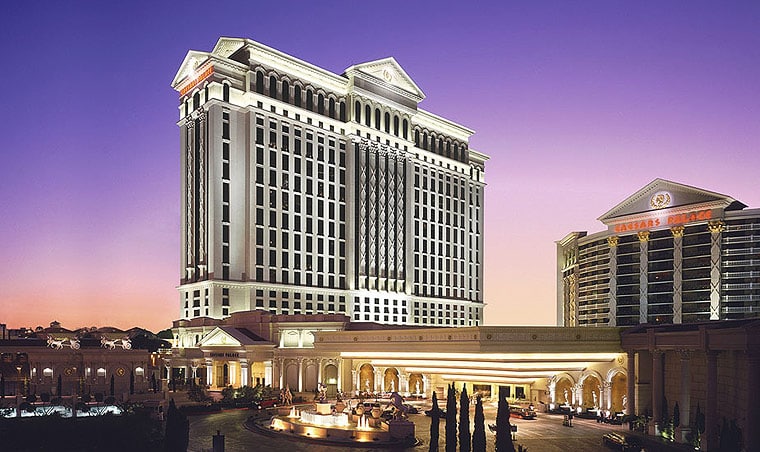5 Hotel Design Trends You Shouldn’t Ignore
The hospitality industry continuously evolves, aiming to provide guests with unique and memorable experiences. Hotel design is a critical aspect that significantly contributes to these experiences. There has been a noticeable shift in hotel design trends in recent years, emphasizing sustainability, local culture, technology, and individuality. Here are five hotel design trends that industry players should pay attention to.
1. Biophilic Design
The biophilic design integrates nature into the built environment, linked to improved well-being, productivity, and creativity. This trend focuses on natural lighting, greenery, and materials that mimic the natural world.
Imagine a hotel lobby filled with indoor plants, a vertical garden in the dining area, or rooms with large windows that let in plenty of natural light. These elements can significantly enhance guests’ experience, making them feel more connected to nature, even in urban settings.
2. Sustainability
With the increasing awareness of climate change, sustainability has become more than just a buzzword; it’s necessary. Hotels now focus on energy efficiency, sustainable materials, and waste reduction.
Some hotels are being designed with solar panels, rainwater harvesting systems, or geothermal heating systems. The furniture and decor are made from reclaimed or recycled materials. The goal is not only to reduce the environmental impact but also to appeal to eco-conscious travelers.
3. Local Culture Infusion
Hotels are becoming more than just places to sleep; they are gateways to local culture. This design trend involves integrating local art, architecture, and traditions into the hotel design.
For example, a hotel in Spain might include traditional Spanish tiles in their decor, while a hotel in Bali might feature Balinese art and architecture. This infusion of local culture creates a unique and immersive experience for guests, making their stay more memorable.
4. Smart Tech Integration
In the age of smartphones and smart homes, it’s no surprise that smart hotels are becoming a trend. This includes mobile check-in and check-out, personalized room settings controlled via smartphone, and voice-activated assistants.
Smart technology improves the guest’s experience by providing convenience and personalization, but it can also improve hotel operations by automating tasks and providing valuable data on guest preferences.
5. Multi-Functional Spaces
The traditional hotel layout, where each area has a single purpose, is replaced by multi-functional spaces. These areas can be transformed depending on the guests’ needs or the time of day.
For example, a lobby could serve as a co-working space during the day and transform into a social hub in the evening. This flexible design approach makes efficient use of space and caters to the changing needs of modern travelers.
These trends are just the tip of the iceberg in hotel design. The key to successful hotel design is to create an environment that resonates with your target audience while providing a unique and memorable experience. If you need expert advice, consider contacting professional interior design companies like Milkris Interiors, known for their innovative and forward-thinking approach to design. Staying abreast of these trends will ensure your hotel remains appealing and relevant in the ever-evolving hospitality landscape.



